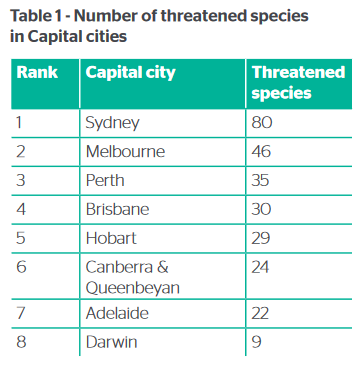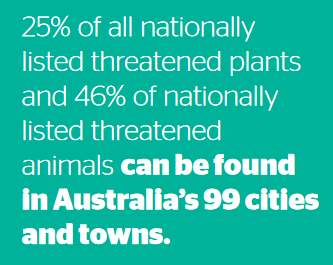Urban Ecology


Australian Conservation Foundation. “The Extinction Crisis in Australia’s Cities and Towns.” Carlton: Australian Conservation Foundation, 2020.
Green Walls and Roofs
Near-surface ecologies, biodiversity, connectivity, stepping stones.
Green walls and roofs supports biodiversity:
- 159 species belonging to 77 families on the vertical surfaces of tropical retaining walls.
- Within European latitudes, rural stone walls, historic buildings, and both external and retaining walls
- showed similar values.
- 207 species of vascular plants and 60 mosses on vertical walls and their tops
- 300 species recorded on vertical walls
- 194 taxa of invertebrates, including nematodes, tardigrades, rotifers, and arthropods, among which mites and springtails were the most common together with centipedes, beetles, and other insects
- Walls are of particular importance for woodlice and spiders
Mayrand, Flavie, and Philippe Clergeau. “Green Roofs and Green Walls for Biodiversity Conservation: A Contribution to Urban Connectivity?” Sustainability 10, no. 4 (2018): 985. https://doi.org/10/gfsqmq.
Walls do not occur in the natural ecosystems. Like trees, green wall habitats are the microhabitats such as cracks, joints, and ledges. Thus, potential support for biodiversity depends on the wall type. Of conventional walls, only stone walls and brick walls can have spontaneous floras.
Backlinks